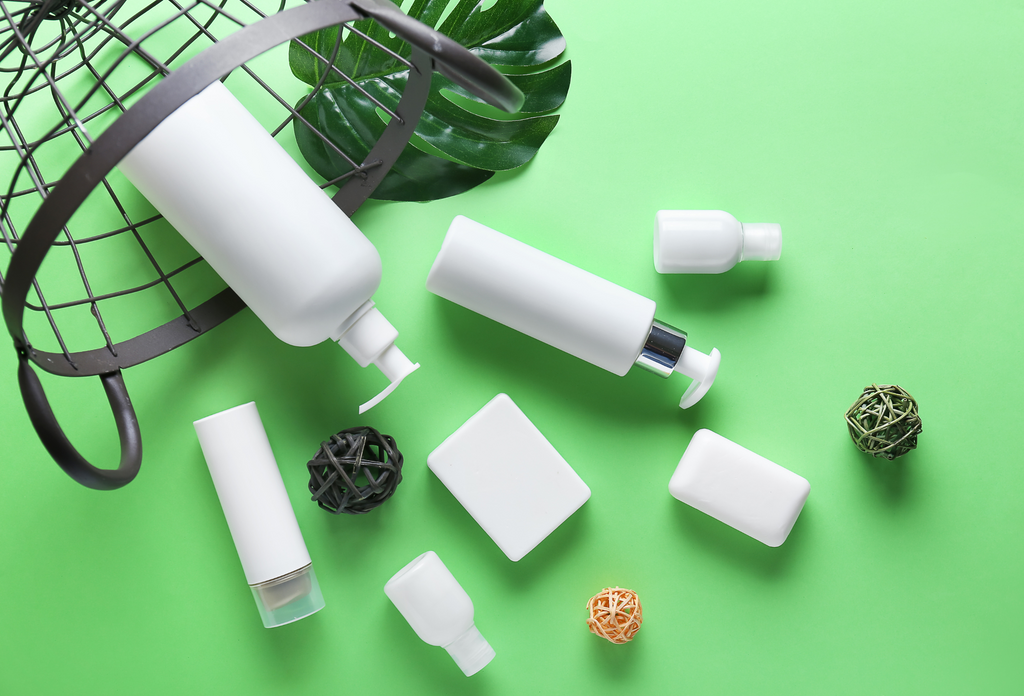Moisturizers and Emollient for Eczema

Can an emollient moisturizer really help with eczema?
Yes – moisturizers have been found to help reduce flareups and increase complete remission and/or reduction of atopic dermatitis in high-risk infants. That's pretty amazing and the best part...is they are considered to be generally safe to use.
"Parents and carers of children with eczema often underuse emollient therapy, essential to repairing and protecting the defective skin barrier in atopic eczema. Educational interventions delivered by specialist dermatology nursed in hospital setting shave been shown to improve emollient use and reduce symptoms of atopic eczema."
Any proof to back it up?
In 2008, a pilot study was conducted by Dr. Eric Simpson, who was funded by the National Institute of Health (NIH) and National Eczema Association (NEA). The study included 22 babies at high-risk for atopic dermatitis. Parents applied an emollient cream at least once a day over their baby's whole body, except diaper area and scalp. The result was that only 3 babies of the 22 developed atopic dermatitis within the follow- up period of 547 days. Similar studies of such high risk subjects would have probable results ranging from 30% - 50% towards the eventual development of atopic dermatitis.
That pilot study has since inspired more international clinical trials both sponsored by companies with vested interests in promoting their own emollient use, as well as non-vested academic researchers legitimately looking for alternative protocols for atopic dermatitis.
Once daily usage of an emollient showed considerable promise to prevent the atopic dermatitis according to the Barrier Enhancement for Ecz ema Prevention Study. BEEP was a multi-center, international, randomized controlled pilot study. This was announced at the annual meeting of the Society for Investigative Dermatology.
ema Prevention Study. BEEP was a multi-center, international, randomized controlled pilot study. This was announced at the annual meeting of the Society for Investigative Dermatology.
Are emollients safe and are there any adverse side effects?
Of course, there are always exceptions to every product or medication and allergic reactions can occur from any particular ingredient. However, generally speaking, the consensus is moving towards using emollients as the first line of defense and prevention before prescribing the more risky alternative of topical steroids. We are moving in the right direction of reassessing the medical protocols of jumping too soon on the corticosteroid regimes.
"The results of this trial demonstrate that emollient therapy from birth represents a feasible, safe, and effective approach for atopic dermatitis prevention. If confirmed in larger trials, emollient therapy from birth would be a simple and low-cost intervention that could reduce the global burden of allergic diseases."

Isn't ELAJ an emollient?
Yes - it has been called emollient, moisturizer, eczema therapy and the fancy word, emollience. But the basic premise of ELAJ products is that they are lipid rich and intensive, without water in the formulation. So it is not a light moisturizer. The best results have been found when patients apply ELAJ 3-4 x during a flareup until it subsides within a week or two or less. Thereafter, apply once a day, preferably after bathing when body is still warm and dry. The absorption will be more higher. A secondary touch up for the affected area if there is a tendency to itch at night.

- Suhein Beck






Comments 0